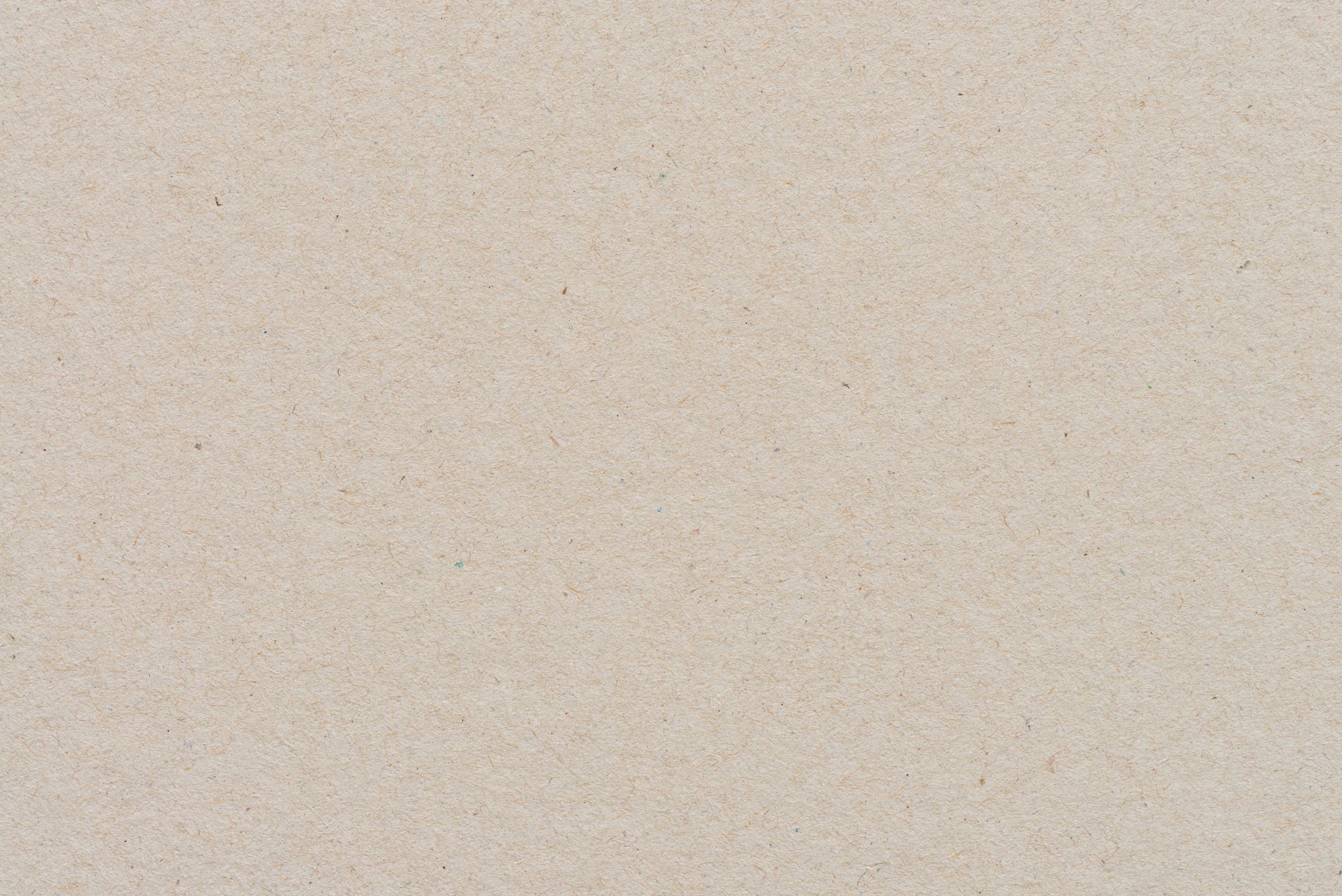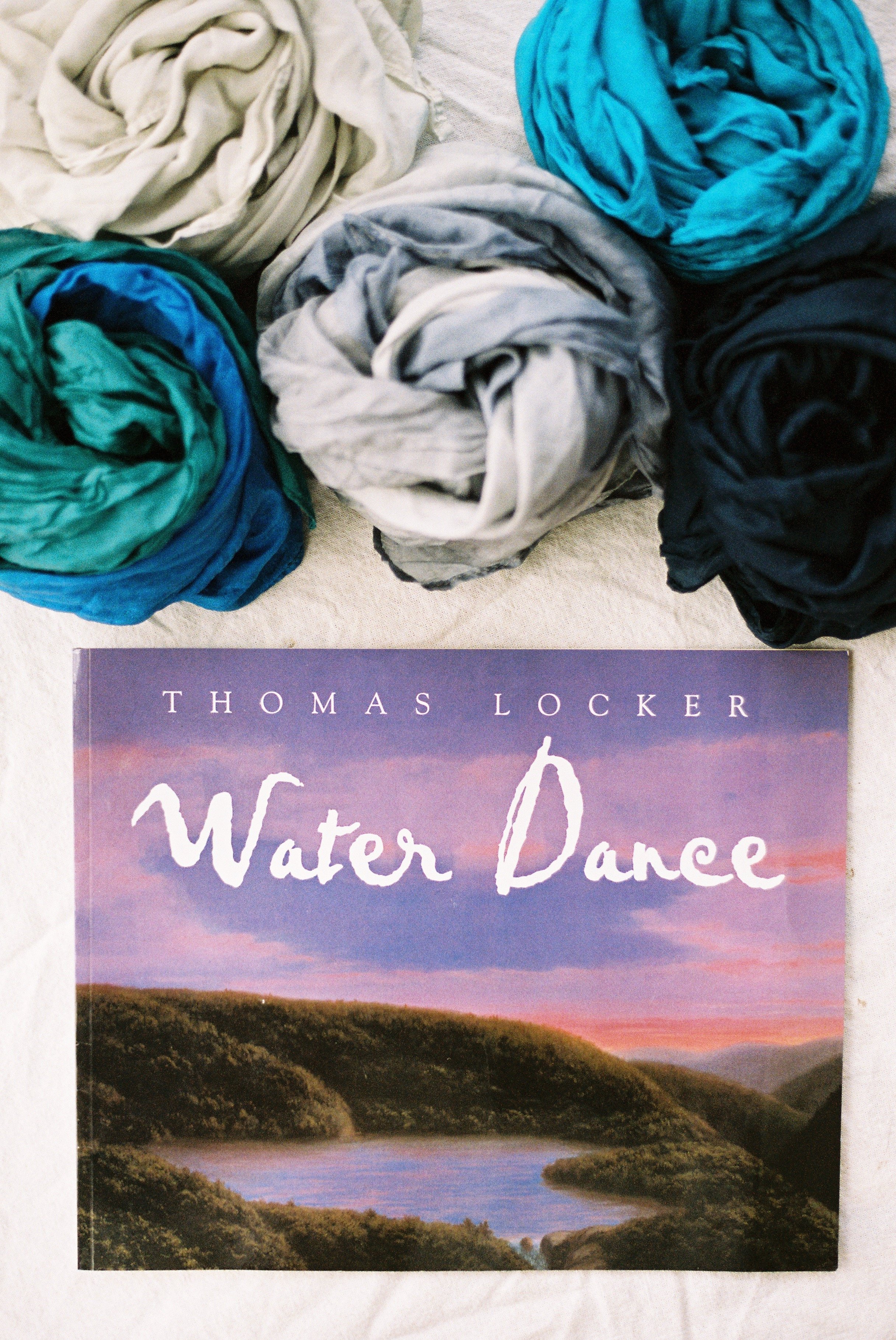
Water Dance
LESSON 3
Children engage in a creative exploration of water movement and the water cycle through storytelling and dance.
The book “Water Dance” by Thomas Locker.
Props such as: play silks, ribbons, or blankets. (optional)
Materials
Gather materials.
Familiarize yourself with the story “Water Dance” beforehand.
Preparations
Guide children in reflecting on the previous lesson about the water cycle through open-ended questioning and discussion.
Read the story and encourage children to immerse themselves in the descriptive language and artwork.
Support children in expressing their interpretation of water movement through creative dance, providing guidance and encouragement as needed.
Objectives for Teachers
Objectives for Children
Children recall and reflect on concepts learned in the previous lesson about the water cycle through guided questioning.
Children engage in active listening and comprehension skills while enjoying the story "Water Dance."
Children express their understanding of water movement and the water cycle through creative dance, fostering imagination and kinesthetic learning.

Collect and Connect
Practice saying or singing the poem “Rainy Day” together with the actions you came up with.
Rainy Day
Rain, rain, come today!
In my garden you can play.
All the flowers in their places,
You can wash their petal faces.
Give a drink to all the trees.
Make some splashy puddles, please.
And rain, rain, upon the lawn,
For ducky’s got his raincoat on.

Activity Flow
Begin the lesson by reflecting on concepts learned in the previous lesson about the water cycle. Some questions you might ask:
What do you remember about our last lesson on the water cycle?
Can you describe some of the stages of the water cycle that we learned about?
What was your favorite part of learning about the water cycle?
2. Next, introduce the story "Water Dance" by Thomas Locker. Read the story aloud, emphasizing the rich descriptive language and artwork. Encourage children to visualize and imagine the various ways water moves and flows as described in the story. Make connections to what children have learned about the water cycle as you read.
3. After reading the story, invite children to participate in a creative dance activity inspired by the descriptions of water movement. Provide play silks, ribbons, or blankets as props to represent flowing water. Open the story and select pages to inspire your dance and movements. Read them aloud to your child and encourage children to move and dance freely, expressing their interpretation of water movement based on the story.
4. Observe and engage with the children as they dance, making connections to the water cycle. Then, conclude the lesson by having your child reflect on their dance experience. Ask them to share how they felt during the activity and what movements they enjoyed the most. Drawing the connection between the story's descriptions of water movement and their creative expressions through dance.


